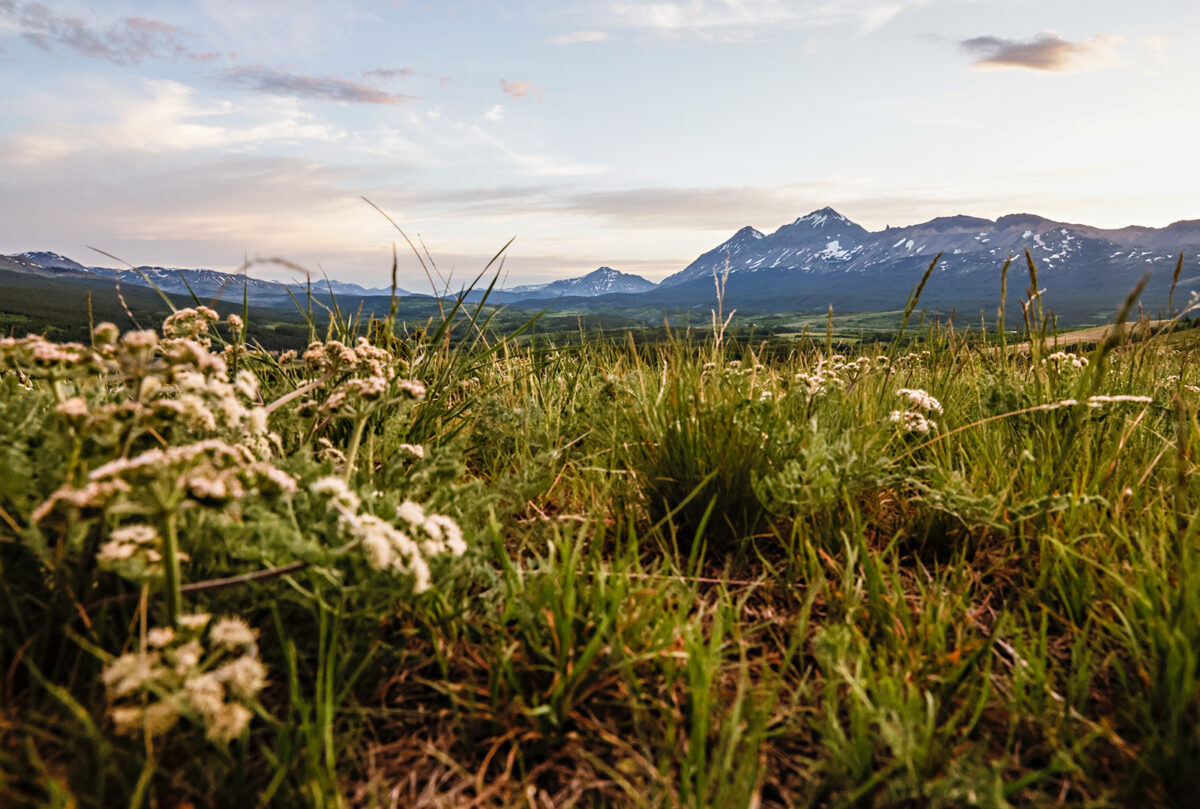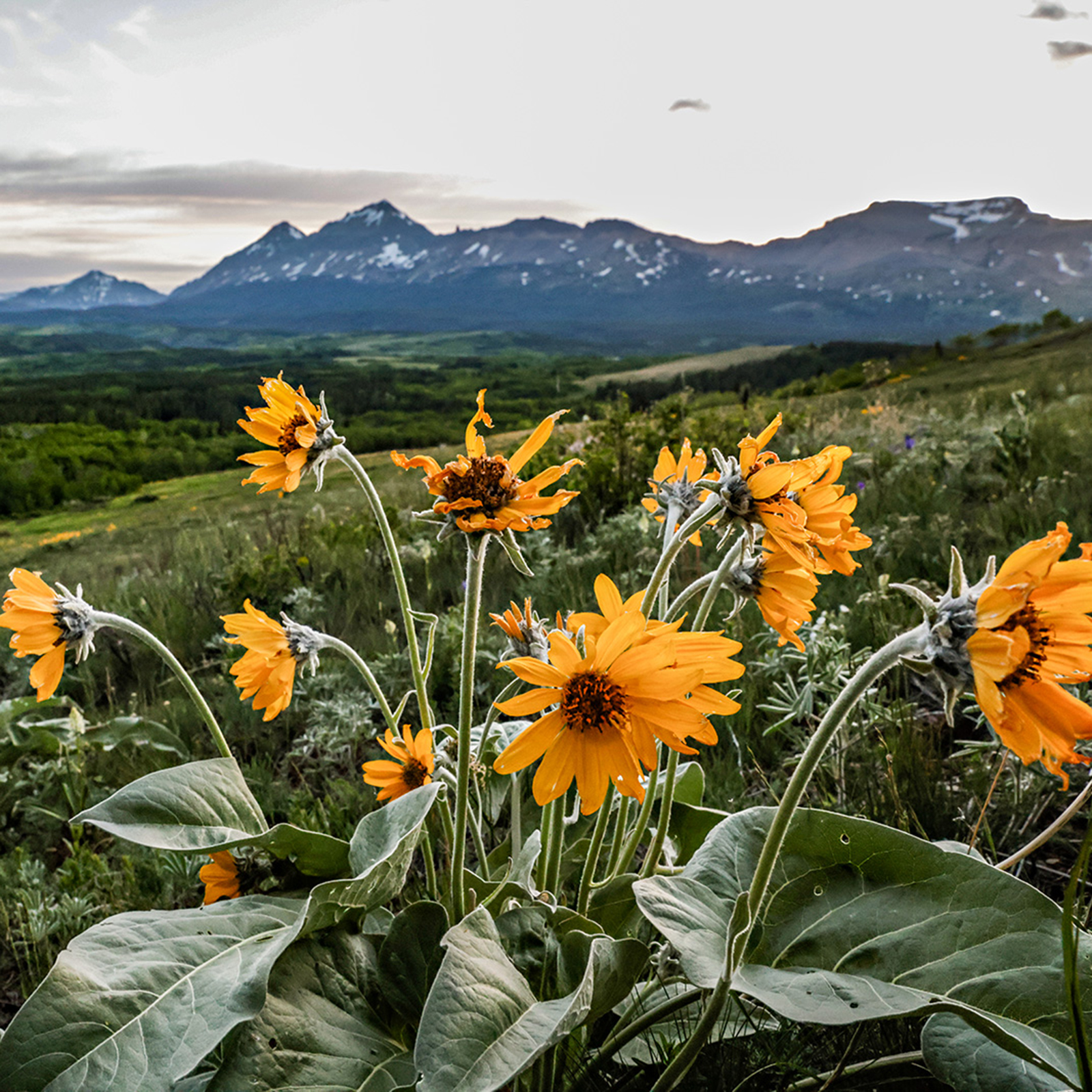The Continental Divide splits the nation’s watersheds and runs through the heart of Western Montana, providing a jagged mountainous spine in Glacier National Park and the Bob Marshall Wilderness before meandering around Butte and down to Idaho. The lowest pass in Montana’s section of the Continental Divide — indeed, the lowest point from Canada to central New Mexico — is Marias Pass, situated at 5,216 feet above seas level, or nearly a full mile high.
A series of mountains and connected ridges tower over the northern side of Marias Pass, including Elk Mountain, Little Dog Mountain, Summit Mountain, and Calf Robe Mountain, forming what the Blackfeet Tribe called the “Backbone of the World.” In contrast, the southern side of the pass is deeply forested, offering an entrance into Montana’s largest wilderness complex.
The pass was used by many Native American tribes, including the Blackfeet, Salish and Kootenai, to pass from the eastern plains to Flathead Lake.
Around 1853, Blackfeet Indian Chief Little Dog told Isaac Stevens, the new Governor of the Washington Territory, of the existence of Marias Pass, kicking off a search by white settlers for the gap in the mountains that lasted for decades.
Isaac Stevens wrote in a journal that Chief Little Dog described the pass as “a broad, wide, open valley with scarcely a hill or obstruction on this road excepting here and there some fallen timber … the trail was visible and well marked on the ground.” Despite this description, it wasn’t until 1889 that John F. Stevens, eventual chief engineer of the Great Northern Railroad, explored the 15-mile wide gap in the mountains and declared it suitable for a railroad grade. Today, a bronze statue of John F. Stevens can be visited at the pass, right next to a 60-foot-tall obelisk, a memorial to President Theodore Roosevelt that was built in 1931.

Marias Pass offers superb recreational access both inside and outside of Glacier National Park, without having to pass through an official entrance station. To the east of the pass, hikers can venture up to Firebrand Pass, a five-mile trek that circumnavigates Calf Robe Mountain and climbs 2,000 feet into rugged alpine terrain offering expansive views into Glacier Park to the north.
South of Marias Pass, the landscape is split by the Continental Divide into the Badger-Two Medicine area of the Helena-Lewis and Clark National Forest to the east, and the Great Bear Wilderness, part of the Bob Marshall Wilderness Complex, to the west.
Those looking for a moderate hike to explore the Badger-Two Medicine should consider Hall Creek, a trail that begins near the entrance to the Rising Wolf Guest Ranch and meanders through aspen groves, coniferous forest and open meadows with great views of the Backbone of the World.
Non-tribal members recreating on Blackfeet Nation lands must purchase an outdoor recreation permit for activities including hiking, fishing and camping. Visit blackfeetfishandwildlife.net for more information.
